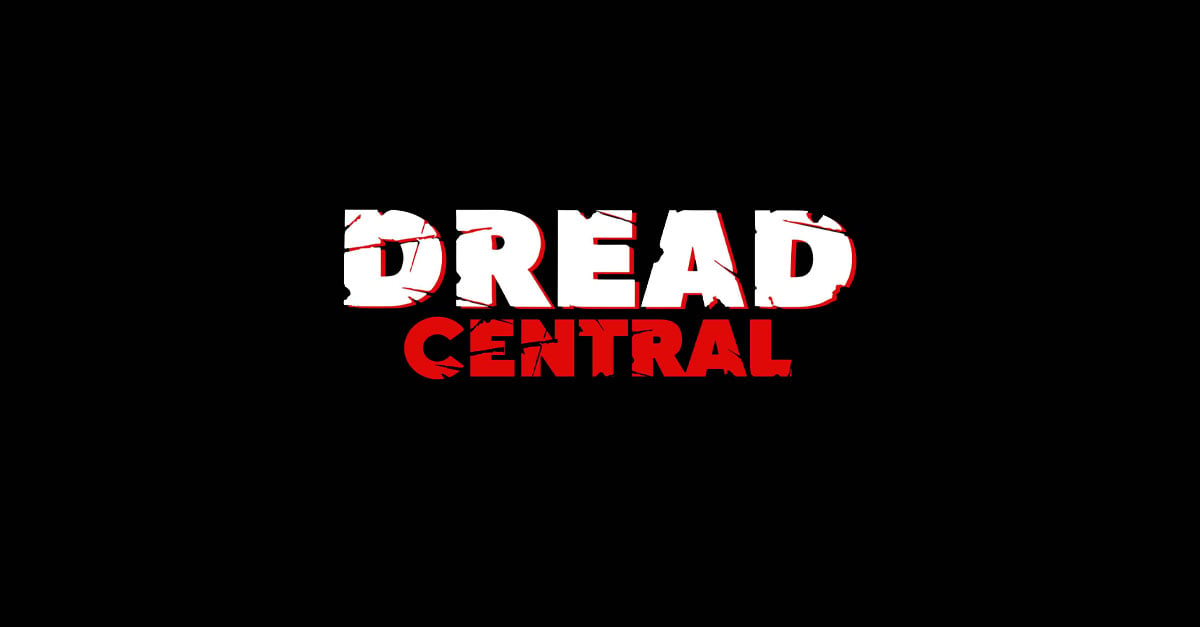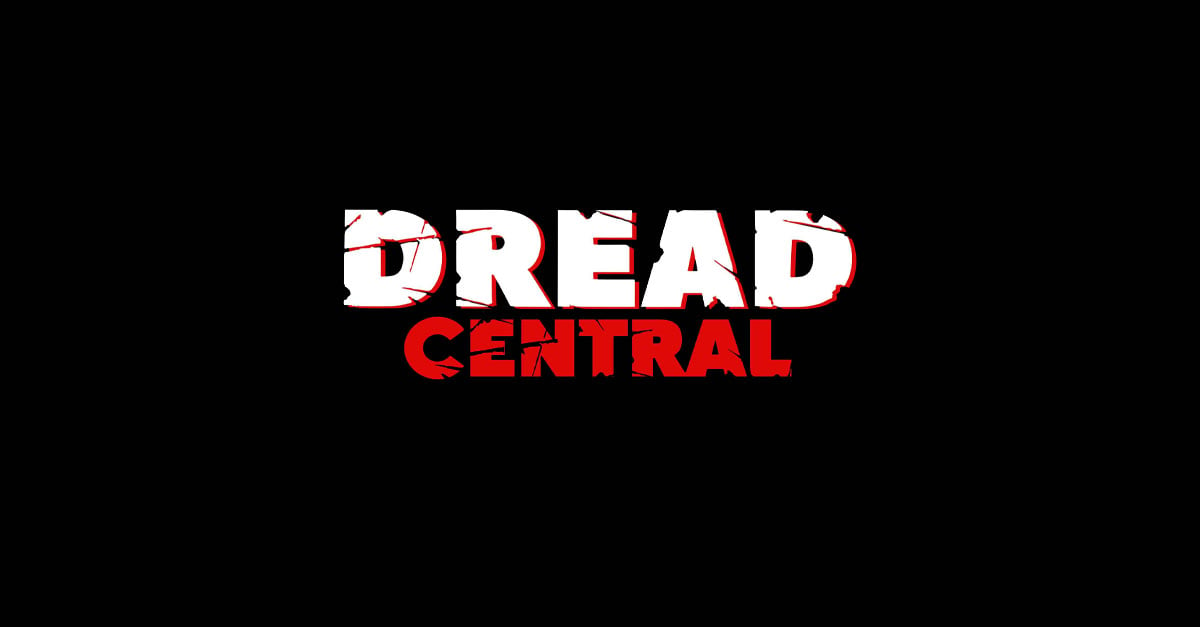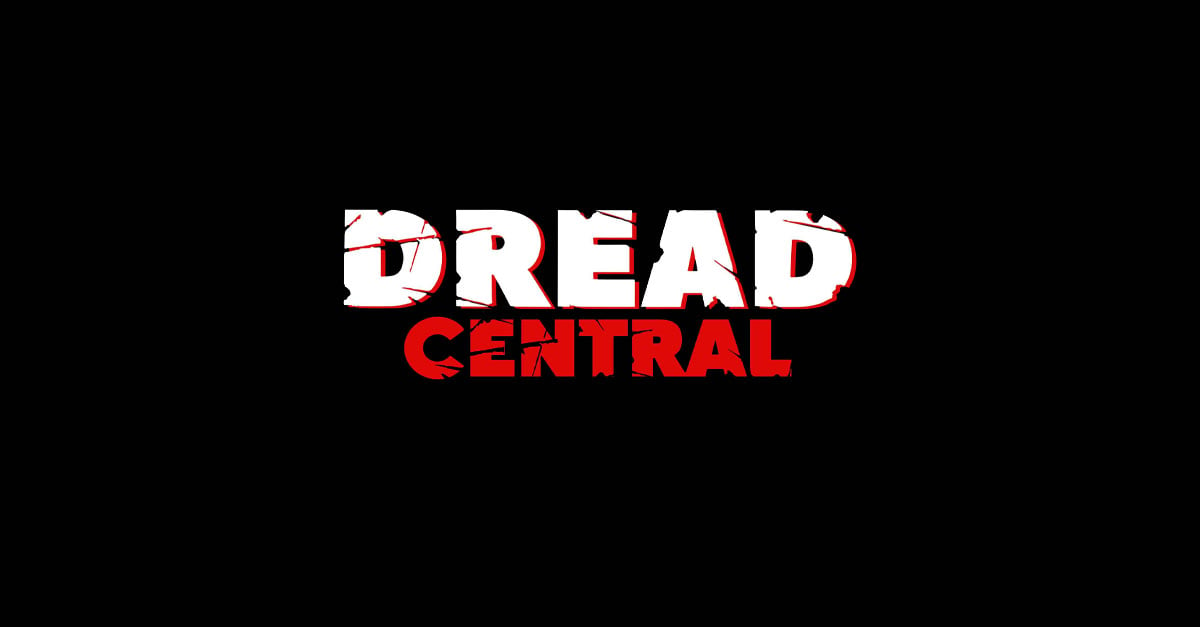In Defense of the Remake: Halloween

 Someone said a long time ago that imitation is the greatest form of flattery; or at least someone said someone said that a long time ago. Either way, the sentiment stands true for the most part. Art is a fickle creature, constantly teetering on the dagger’s edge between originality and familiarity; the new and the traditional.
Someone said a long time ago that imitation is the greatest form of flattery; or at least someone said someone said that a long time ago. Either way, the sentiment stands true for the most part. Art is a fickle creature, constantly teetering on the dagger’s edge between originality and familiarity; the new and the traditional.
There’s a reason Shakespeare is still performed the world over, a reason why every city in America has a local cover band playing “Don’t Stop Believing” at this very moment, and a reason why Hollywood has a penchant for remaking its classic films.
Now, there’s a cynical way to look at this phenomena of “remakes;” the corporate greed, almighty dollar argument, of which there have been many a profanity-laden rant written. But I have a curious fascination with these “remakes” or, as I like to call them, “reimaginings” because of what they say about our culture, specifically in reference to horror films. I believe that horror, in its many myriad forms, is at its best a mirror through which society views itself, a bloody mirror but a reflective conduit all the same. This is true from the earliest horror stories with Gothic castles and lustful vampiric counts. What scares us says a lot about who we are; the monsters we create are as much a by-product of a time as any individual creator. There’s something allegorical about the horror story, a political, societal resonance which creates a lasting impression, a snapshot of a time and a place. That’s why horror waxes and wanes like the tide as history passes by, shifting in temperament, subject matter, and political ideology with the culture at large.
Related Story: He’s Coming Home: Why Halloween Will Return With A Vengeance
Friday the 13th. A Nightmare on Elm Street. The Thing. The Texas Chain Saw Massacre. Poltergeist. These are all seminal works… classics. Perfect in their own way, with temperaments equitably correlated with the societal ideologies of the period in which they were made.
So, what happens when Hollywood decides to remake one of these classic horror films? What do these “reimaginings” say about us as a culture now, looking back on the past? I believe it says quite a lot, about where we’re going and where we’ve been. So as Exhibit A to my theory, I’d like to investigate one of the first modern translations of horror which has stood the test of time. The story of a boy named Michael Myers and the two maestros who gave him life.
“Classic” doesn’t even really do justice to John Carpenter’s Halloween. It’s trivial, almost an insult really, to burden the film with such a dusty adjective. It’s a masterpiece of simplistic horror, of voyeuristic creeping paranoia. Michael Myers may not have been the first slasher — I believe Mr. Bates deserves that mantle of distinction — but he most certainly became the most prolific. The boogeyman of Haddonfield, Illinois, is more akin with the shark in Jaws than a man. Mindless, incentiveless destruction in a white shock mask, he was the personification of the worst that evil had to offer; he had no weakness, he could not be killed, and he always kept coming. The legacy of Michael Myers can be clearly felt throughout horror film history, even to this day. The long,unbroken takes peppered throughout It Follows are incredibly reminiscence of watching Laurie Strode walking from school through Michael Myers’ perspective. In many ways Laurie Strode was the first feminist horror icon, with Ripley taking over the mantle with the release of Alien in 1979. And while much has been written about the feminist ideals perpetuating the subversively simple plot of Halloween, the most influential societal facet in my mind is the film’s connection to another evil, one far more tragic than any movie monster could ever become.
The Vietnam War.
Vietnam was a travesty, on all sides. War is always hell, but this was something else. The draft was an understood reality in America, a phantom guillotine dangling precariously over the heads of America’s youth. That’s something a Millennial like myself can’t even imagine. Can you? The fear of wondering if your number was up. The pit in your stomach as you contemplated what it would be like to die screaming in another country on the other side of the world, fighting a cause you could barely understand. And worst of all, you didn’t have a choice. The draft was an inevitability, like a hurricane bearing down upon you and everyone you loved. It could strike at a moment’s notice or leave you untouched without a  care either way. But it was luck of the draw, and the certainty of that cosmic dice roll coming up snake eyes had a lasting effect on society at large. That evil, the death and destruction wrought upon the American and Vietnamese people, would have ramifications reaching far beyond the end of the conflict in 1975. Ramifications not lost upon Mr. Carpenter, an avid protestor of the war and a visibly political filmmaker in his own right, who understood implicitly the reach of such a culturally devastating human disaster. There’s a helplessness to it. Knowing that the thing which could very well kill you will not care that you die. Its concern is not for your life, your love, your desire to continue existing at all. You are simply a number, the next statistic to be drug out to slaughter. The military draft was faceless, ceaseless, pitiless… like an ancient beast wrought from the bowls of Hell itself. Like an angel of infinite death come to ply its trade.
care either way. But it was luck of the draw, and the certainty of that cosmic dice roll coming up snake eyes had a lasting effect on society at large. That evil, the death and destruction wrought upon the American and Vietnamese people, would have ramifications reaching far beyond the end of the conflict in 1975. Ramifications not lost upon Mr. Carpenter, an avid protestor of the war and a visibly political filmmaker in his own right, who understood implicitly the reach of such a culturally devastating human disaster. There’s a helplessness to it. Knowing that the thing which could very well kill you will not care that you die. Its concern is not for your life, your love, your desire to continue existing at all. You are simply a number, the next statistic to be drug out to slaughter. The military draft was faceless, ceaseless, pitiless… like an ancient beast wrought from the bowls of Hell itself. Like an angel of infinite death come to ply its trade.
Or, perhaps, more like a man in a mask with carving knife and a penchant for killing babysitters.
Michael Myers was the personification of inevitability, of death during the Vietnam War, of evil’s far-reaching and immobile desires. His motives were unclear but always absolute without the possibility of argument to the contrary. As Dr. Loomis would so eloquently put it, Michael Myers was “purely and simply… evil,” a boogeyman beyond understanding. But while the Vietnam War catalyzed the cultural fear of the inevitable, a later American tragedy would give rise to another type of monster. Only this kind of evil was not cosmic. It was not eternal. Instead, it was created.
Something changed in America on April 20, 1999. Thirteen people died at a high school in Colorado. The nation watched as television cameras captured students screaming away from the place they were meant to be the most safe. In the months following, there was a simple question perpetuating the American public. Why? Why were two boys able to kill their fellow students? Why did this happen? The initial answers to these questions were varied and, in retrospect, ridiculous. Video games. Heavy metal. Horror movies. These were the societal patsies of the Columbine massacre. These influences and constant media dissection were what caused two high school boys to become mythic monsters, boogeymen in their own right. And while the mainstream press took this idea and ran with it, pointing fingers wherever they could to pass blame, the true nature of such a tragedy remained apparent. These boys were not born monsters. They were high school kids. They had mothers, fathers. They had childhoods and birthday parties. They were not that unlike anyone you knew at your school or down your block or in your own home. So the cultural question shifted, as time went on, from “Why?” to “How?” How do American kids go bad? How could this happen? How could it be stopped? These questions were ripe for artistic exploration, and ironically, it would be a man partially blamed as an influence to Columbine, a heavy metal icon with a penchant for monsters, who would give a voice to the boogeyman.
Rob Zombie’s filmography is an eclectic one, especially in the early days of his directorial career. House of 1000 Corpses and The Devil’s Rejects are very unique entries in the early 2000’s horror scene; they were original, pulling influences from horror’s past but also utilizing an inherently modern visual and narrative aesthetic. You knew a Rob Zombie film when you saw it. His style was, for lack of a better word, metal, a rock star stretching his creative palate beyond the arena stage and making a pretty good show of it. So when it was announced in 2007 that Rob Zombie would be remaking Halloween, the holy grail of late 20th century horror, it’s not hard to understand the trepidation from the horror community. And although clearly the film was well received at the box office, it is not as revered as the rest of Zombie’s filmography, largely because of his choice of narrative. In a consultation with John Carpenter prior to filming, Zombie was advised to make the story his own, and that’s exactly what he did, expanding the mythology of Michael Myers in a search for answers to a question previously unasked. How did Michael Myers come to be?
While the original Halloween featured but a single sequence of Michael Myers as a child where he brutally murders his sister in cold blood, Zombie wanted that moment, iconic though it may be, to matter. He wanted to understand “how” Michael Myers could be. A man who himself held a fascination with blood-drenched historical figures from broken  childhoods like Charles Manson, Zombie understood that monsters are forged over time. In his eyes, Michael wasn’t birthed broken; he was molded into a ticking time bomb by circumstances beyond his control. In the same way Laurie Strode could not forestall the coming hurricanical destruction of The Shape in 1978, so was young Michael Myers in 2007 helpless to quell the negative influences in his life. Zombie’s Michael Myers is a kid, sweet to his mother, bullied at school, brutalized by his stepfather.
childhoods like Charles Manson, Zombie understood that monsters are forged over time. In his eyes, Michael wasn’t birthed broken; he was molded into a ticking time bomb by circumstances beyond his control. In the same way Laurie Strode could not forestall the coming hurricanical destruction of The Shape in 1978, so was young Michael Myers in 2007 helpless to quell the negative influences in his life. Zombie’s Michael Myers is a kid, sweet to his mother, bullied at school, brutalized by his stepfather.
He’s the kind of child that walks the halls of every school in America: head down, face masked in tangles of unkempt hair, the boy from the other side of the tracks whose father is a drunk and mother strips to pay the bills. This is a kid who didn’t choose his life; he was born into a horror show, a bastardization of the good, clean-cut nuclear American family. Zombie, through an exploration into the molding of his psyche, gave Myers a motive, a manifesto if you will, a bloody ideology. He gave him a reason to kill. In many ways, the reimagined Michael Myers is not unlike any spree or serial killer that has haunted the nation since H.H. Holmes in the 1880’s. Driven by forces beyond his control, pushed toward violence by having violence thrust upon him, Michael Myers in the 21st century held up a mirror to violence in America, taking a stab at socially accepted ideas of evil’s inherent existence, by demonstrating that even a boy who loves his mother could become a monster.
This man, and Zombie’s version of Michael Myers is most certainly a man, was not supernatural. He was no phantom devil, not evil in the traditional sense, and there was really no tease that he might be. The boogeyman in Rob Zombie’s universe is human, a testament to the mid-2000’s when we were more afraid of Osama Bin Laden than Freddie Krueger. Myers doesn’t disappear when you look away; he simply walks off. Just a man – dedicated, driven, and insane – but innately human. Evil, in the 21st century, needed a pulse; it needed to be investigated and understood. But as we found, understanding the monster makes it no less terrifying. It just gives you the comfort of knowing why it’s trying to kill you.
You can tell a lot about a time period based upon the monsters it dreams up. Poe spoke of Red Deaths and Pendulums, Victorian machinations of the macabre both elaborate and unbelievable. Lovecraft tackled the supernatural, the weird and unimaginable. We tell stories about what we know; art is a reflection after all. The blood we spill bleeds red, no matter what century the wounds are inflicted upon; but like tea leaves in a cup, the crimson stain left in its wake tells a story all its own.
There’s a simplicity to Michael Myers. He’s a blank canvas begging for reinterpretation, featureless and eternal. And with the recent announcement that John Carpenter will be producing a new version of Halloween for the next generation, the cycle inevitably chugs along.
As history passes us by, there are but a few things of which we can be certain: There will always be bloodshed, there will always be evil, and there will always be a need for a boogeyman.

Categorized:Editorials News

